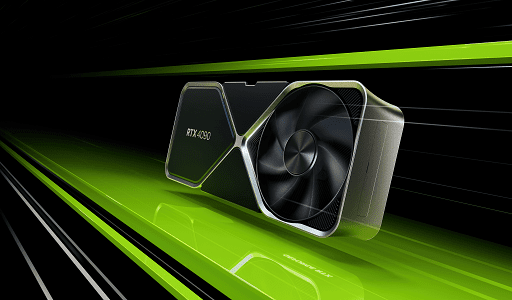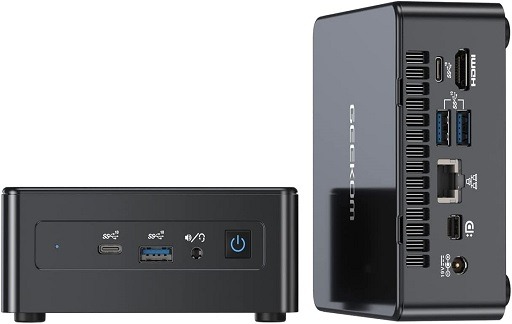How to Improve the power efficiency of Nvidia’s RTX 4090: The RTX 4090, the latest flagship graphics card from Nvidia, has high power requirements, which is not surprising given that the card has a total board power of 450 watts (TBP). On the other hand, there are ways to significantly improve the GPU’s power efficiency.
The owner of an RTX 4090 decided to put that claim to the test by experimenting with power limiting and undervolting on their graphics card. The outcomes were significantly more favorable than anticipated.

When it came to its power efficiency, the RTX 4090 was the subject of a lot of speculation prior to its launch in October. Some sources expressed concern regarding the outrageously high TBP figures, which ranged anywhere from 600W to 900W. It turned out that wasn’t the case, which is a relief; however, the GPU still consumes quite a lot of power with its 450W rating.
Even at 450 watts, the card still needs a robust power supply because it consumes a significant amount of electricity. However, it is not as bad as was anticipated because the RTX 4090 hardly ever uses all of the power that it has. It is currently above and beyond the requirements of most games, even the most demanding AAA titles, which is helpful.
You may also like NVIDIA GeForce Driver: How to Download and Installed it
However, it is common knowledge that lowering the voltage of a GPU can reduce its overall power consumption while preserving the same level of performance. Adjusting the power limit and undervolting were the two strategies that QuasarZone experimented with in order to improve the RTX 4090’s power efficiency. After that, they put the card through its paces in five different games, each of which was played at its maximum settings and at a resolution of 4K. Cyberpunk 2077, Marvel’s Spider-Man Remastered, Forza Horizon 5, Lost Ark, and PlayerUnknown’s Battlegrounds are some of the games on the list.
The card-operated at a default power of 347 watts and a clock speed of 2,726 megahertz. The reduction in power consumption to 268W was achieved while keeping the same clock speed of 2,443MHz by lowering the power limit to 60%. It seems as though a power limit of 70% would be optimal, as this would result in 305 watts and 2,602 megahertz, which is only a marginal decrease from when the processor was operating at its maximum capacity.
Undervolting has been shown to be more effective than adjusting the power limit, but it is also more difficult to implement. QuasarZone was able to increase the clock speed to 2,850MHz while only using 323 watts of power. They were able to achieve 232W when combined with 2,460MHz, which is on the lower end of the scale.
The power efficiency of the RTX 4090 card was improved in a way that was independent of the method used, and this improvement did not compromise the card’s performance. If you own one of the best GPUs that Nvidia has to offer, giving this a shot might be something you want to consider, especially if you are concerned about being affected by the melting connector scandal.
Would you like to read more about How to Improve the power efficiency of Nvidia RTX 4090-related articles? If so, we invite you to take a look at our other tech topics before you leave!
![]()












